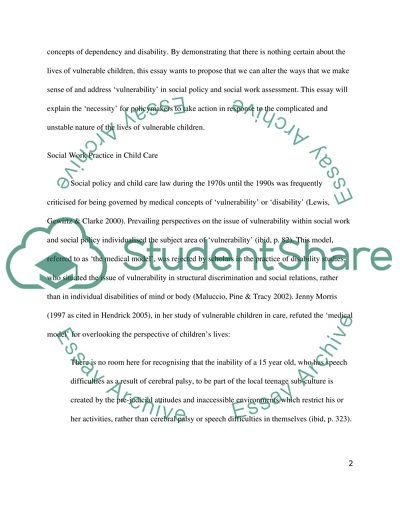Cite this document
(“Social work assessment in child care Essay Example | Topics and Well Written Essays - 2000 words”, n.d.)
Retrieved from https://studentshare.org/sociology/1405113-social-work-assessment-in-child-care
Retrieved from https://studentshare.org/sociology/1405113-social-work-assessment-in-child-care
(Social Work Assessment in Child Care Essay Example | Topics and Well Written Essays - 2000 Words)
https://studentshare.org/sociology/1405113-social-work-assessment-in-child-care.
https://studentshare.org/sociology/1405113-social-work-assessment-in-child-care.
“Social Work Assessment in Child Care Essay Example | Topics and Well Written Essays - 2000 Words”, n.d. https://studentshare.org/sociology/1405113-social-work-assessment-in-child-care.


